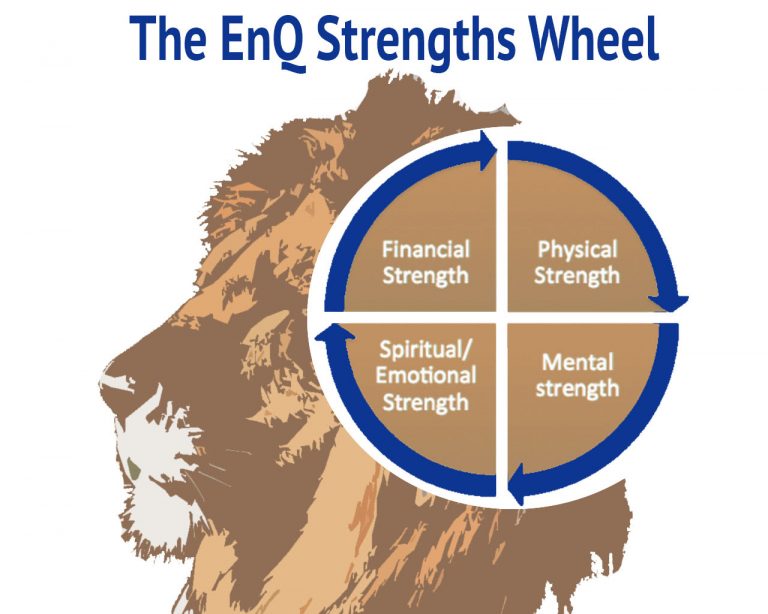Overcoming the legal challenge to content marketing: how to get your content through legal faster

The marketing director of a large Australasian multinational told us recently that she had given up on content marketing. “We just can’t get anything through legal,” she said. “They either bottleneck to the extent we miss our deadlines, or it goes into the ‘too hard basket’ and never sees the light of day.”
Similar experiences are becoming commonplace in the corporate environment, but is the legal team really the problem?
Talk to digital agency staff and the marketing and digital departments in most corporate companies about ‘legal’ vetting content and you’ll most likely get a grimace. At first blush, it seems like legal, unable to understand the bright new world of ‘content marketing’, are becoming the fly in the ointment. But a closer looks suggests that things may not be all they appear.
Regardless of who might or might not be to blame for the bottlenecks, or drastically altered pieces of content and missed deadlines, the legal challenge to content marketing in New Zealand is a very real issue that is, and will increasingly, impact the ability of brands to engage their customers.
MARKETING HAS A PROBLEM
Customers hate ads – they don’t like being sold to but still love to shop – and that means giving them information that helps them make better decisions, rather than trying to overtly persuade them to choose your brand. Recent studies show that Internet users are using ad blocking software in increasing numbers.
The editor of Netherlands-based technology news site Guru3D.com discovered recently that ad blocking has eaten into 50 percent of their ad revenue, in spite of their growing audience. This kind of thing is hurting publishers, but it’s hurting marketers more as achieving ‘cut through’ becomes steadily more difficult.
In other areas, Apple’s new iOS operating systems allow ad blocking for mobiles. iOS ad blocking apps now top the most downloaded charts.
The upshot is that brands have to become publishers. They have to start thinking and behaving like journalists, because consumers want to be informed, educated, inspired and entertained; not sold to. That makes content marketing – done properly – possibly the most powerful strategy for building brand profile and trust.
The marketing world, it seems, has come to recognise this. Marketing and digital departments, even brand managers, are keen to embrace content marketing in ever growing numbers. That’s why content marketing was voted the most important digital marketing trend three years in a row.
It seems that some legal departments, however, may still be playing catch-up when it comes to recognising the shift in the way we market to customers. On the other hand, marketing may have to play catch up on the legal side of things.
LEGAL HAS A PROBLEM
Objective, value added content notwithstanding, content marketing is a trading activity that promotes goods and services, even if indirectly.
As such, it’s subject to laws like The Fair Trading Act 1986, and potentially Advertising Codes of Practice. Then there are sector-specific laws like the Financial Advisers Act 2008.
But that’s not all. When brands begin acting like publishers, they’re also more likely to be dipping their toes into issues like copyright law and even the Harmful Digital Communications Bills (among others).
Simpson Grierson media and communications lawyer Tracey Walker tells us that content marketers need to be wary of making claims without the same rigour applied to marketing compliance.
“If you make a claim about your product or service, for instance, you should be able to substantiate it. If you are going down the editorial road, best practice is to pay attention to [the] fundamental tenets of good journalism – such as declaring conflicts of interest, transparency and making clear what is fact and what is comment. These are things that brands should be taking into account when publishing content.”
Legal departments within corporates recognise that they have legal responsibilities, particularly around commercial laws like The Fair Trading Act 1986. Few have recognised the trend towards content marketing, and may even be a bit slow in realising the need to get across laws pertaining to media and copyright, for instance.
“There’s no question that in-house legal teams are going to have to brush up on and take into account aspects of media and copyright law as content marketing becomes more prevalent,” says Ms Walker.
That, in a nutshell, seems to be a large part of the problem. Marketing knows content marketing is important but is unaware that rules still apply. Legal might not be across the necessary shift to content marketing, but they know that rules apply, somewhere – they just don’t know exactly which rules and where they apply.
CONTENT DIVERSITY A ROADBLOCK
A major stumbling block for all is the diversity of content and overnight proliferation of content providers.
“Corporate publishing can range from ‘very editorial’ through to advertorial and then to native advertising,” says Ms Walker. “There are different things requiring more nuanced consideration; part of the challenge is deciding where a piece of content sits on the spectrum.”
Ms Walker raises a very important point. The nature of a company, which is to make a profit, means that it may be producing all types of so-called content, from advertisements to opinion articles to ‘how to videos’ – and legal departments are suddenly faced with the challenges of recognising the nuances in each and applying the appropriate slide rule.
This diversity of content may be one of the things stymying legal advisers.
Part of the problem will be with the broad adoption of the word content to apply to anything that is produced – movies, advertisements, opinion pieces, blogs, advertorials – but few of those things are actual content marketing by definition.
Content marketing is defined as: “The marketing and business process for creating and distributing relevant and valuable content to attract, acquire, and engage a clearly defined and understood target audience – with the objective of driving profitable customer action.”
The keywords here are ‘valuable’ and ‘relevant’ – advertising and advertorials are not necessarily relevant and most certainly not valuable to the consumer. We can assume from this that advertisement campaigns like Old Spice’s ‘The Man Your Man Could Smell Like’ do not fit the definition of content marketing.
“The more content leans towards editorial, the better shielded the company may be from falling foul of the law,” says Ms Walker.
“However, the definition of advertising applied by bodies such as the Advertising Standards Authority is incredibly broad, embracing advertising in any form, even that which advocates ideas or beliefs. I think the ASA will take an interest in many forms of content marketing dressed up as editorial content.
“The key to my mind is to act with integrity, with an eye to ethical standards applying to real journalism and you will find there is a degree of symmetry; you earn trust for the brand and will avoid legal problems. For example, declare any conflict of interest, be transparent and value accuracy.”
PICK HORSES FOR COURSES WHEN IT COMES TO CONTENT
It seems sound advice for companies to clarify what they mean by content marketing, to define a strategy and to ensure that their content providers understand the nuanced differences between, for example, a press release, an opinion piece and an advertorial.
For example, companies might be better off relying on qualified journalists to create editorial content like articles, blogs and white papers, than on an advertising agency. Because not only do journalists put first the interests of the customers (which is the essence of good content marketing), but they will most likely have a better understanding of media and copyright rules.
When it comes to advertising and making representations that are more commercial in nature, then obviously advertising agencies are best qualified to work in that area. Advertising agencies and public relations companies work well together, and there’s no reason content agencies can’t enjoy a similar relationship.
What muddies the waters, however, is when one tries to be everything to everyone.
FINDING A WAY FORWARD
The best way forward through what are essentially uncharted and untested waters is for the marketing department and legal departments to leave the silos behind and begin talking.
Some steps to consider taking to reduce bottlenecks:
- Clearly define and silo your marketing initiatives, e.g. understand and document the difference between content marketing, advertising, public relations and advertorial as they apply to your organisation.
- Define the content marketing strategy for your company e.g. ‘how to’ advice, ‘thought leadership’. Understand what you are trying to achieve with your content marketing.
- Work with your legal department to establish compliance checklists so that you can produce content that has a better chance of getting through, as well as the legal department’s understanding of what rules apply where.
- Consider using ‘disclosure statements’ and other indemnifying statements e.g. “the opinions expressed are the opinions of the writers” etc.
- Work with suppliers who understand the law and the differences in marketing tactics to ensure you keep your initiatives clearly defined and the waters un-muddied.
Ms Walker says the conversation should be about managing corporate reputation.
“The legal advisers have to work hand-in-hand to enable content to be published, rather than as an obstacle. They need to show the way it can be done while managing the legal risk. Yes, those legal risks are a very grey area, but they can be managed by being very clear about the ethical or integrity standards that need to underpin content marketing.”
“If everybody is clear on that, the likelihood is that legal risk is avoided. It is a discussion that has to be had.”
Colin Kennedy is a New Zealand based content marketer and thought leader.
















